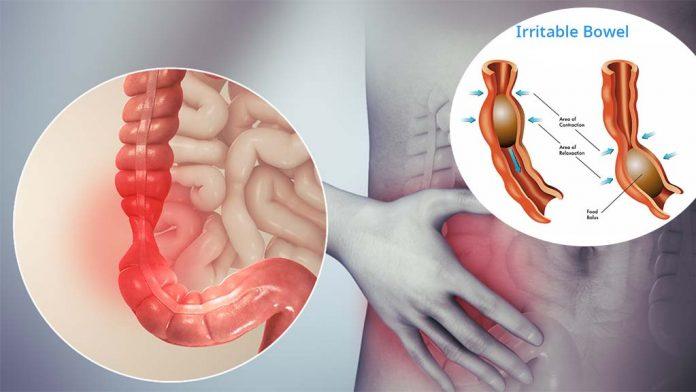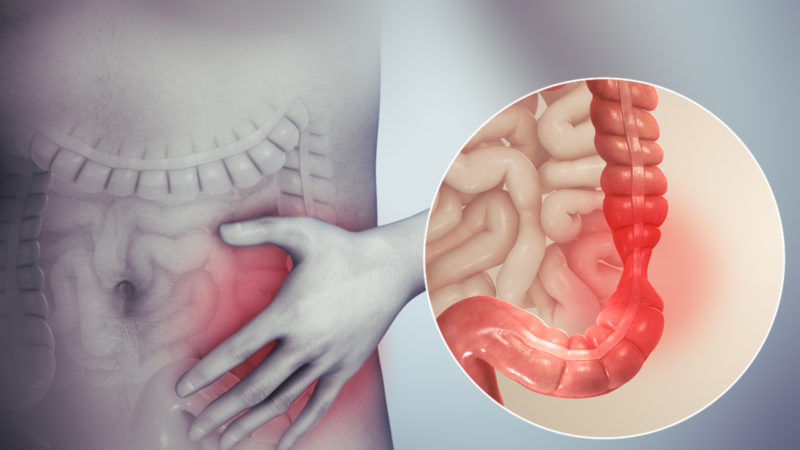Chlamydia: How To Get Rid of Chlamydia, Symptoms, Causes, And More

Most of us are aware of STIs, and one of the prominent among these is chlamydia. However, even though it is common, few people know its symptoms, causes, and lack knowledge about how to get rid of chlamydia.
Chlamydia can cause various health problems in both men and women. It is a common STI that can be transmitted from an infected person to a healthy one. Some common symptoms which a person with chlamydia may feel include pain in the abdominal and genital area. If left untreated, it can cause major health issues; thus, proper treatment is needed.
In the article below, we will tell you everything you need to know about it, including how to get rid of chlamydia? Chlamydia symptoms, causes, and more.
What Is Chlamydia?
One of the first things we need to do when trying to understand a disease is to know what it is. In this case, the answer to the question of what is chlamydia is that it is a sexually transmitted infection.
It is caused by chlamydia bacteria and has four types. These are:
- Genital chlamydia
- Oral chlamydia
- Anal chlamydia
- Eye chlamydia; eye infection is a type of chlamydia, although it is not as common as the other three.
The problem with this infection is that people who have it don’t generally see outward chlamydia symptoms in the early stages. In fact, nearly 70% of men and 90% of women who have this disease don’t see any symptoms.
However, if chlamydia treatment is not done on time, it can cause serious health problems. Thus if a person sees any of the basic symptoms, they must consult their healthcare providers.
Now, when you have the answer for what is chlamydia, let’s move onto its causes.
Chlamydia Causes
When searching for answers to questions; how to get rid of chlamydia? The first thing to know is what causes it.
- Chlamydia is a sexually transmitted infection, and thus the main cause of it is unprotected sex.
- Penetration is not essential for chlamydia transmission, and it can be transmitted by just touching the infected person’s parts.
- Oral and eye chlamydia can also occur if the infected person’s genitals touch the eye or if a person has oral sex with the infected person.
- Other than this, touching the genitals with each other can also transmit chlamydia.
- Anal chlamydia can also be transmitted from an infected person to a healthy person. This generally happens when the infected person’s genitals come in contact with the anus or if unprotected anal sex takes place.
- Chlamydia in newborn babies can also be seen as they can acquire it during birth from their mother. It can cause pneumonia in newborns.
- Eye chlamydia can occur if the bacteria is transmitted through oral or genital touch with the eye. However, it is not a common type of this infection, and people rarely contract it.
- You can also have the infection if your sexual partner had it in the past but got rid of it through chlamydia treatment.
These are some of the chlamydia causes, which may lead to the contraction of this infection in a person. One of the best ways to avoid chlamydia is to avoid unprotected sex if you are not sure about your sexual partner’s health.
Chlamydia Symptoms
The symptoms of chlamydia are not common in the early stages of the infection. Still, some chlamydia symptoms, which you might see, vary in men and women.
Chlamydia Symptoms in Men
One of the vital things to know when trying to know how to get rid of chlamydia is to know its symptoms. Although symptoms are not common in most men, if symptoms occur, they will appear after at least 1 to 3 weeks of infection contraction. Some common symptoms which you might see in men are:
- The sensation of burning when urinating.
- Green or yellowish penis discharge.
- Testicle pain.
- Pain in the abdomen, specifically the lower abdomen.
If the chlamydia infection is not in the penis but in the anus, then some of the common symptoms are:
- Anal bleeding.
- Pain.
- Chlamydia discharge from the anus.
If a person has oral sex with a person who has chlamydia, it can cause throat chlamydia. Some of the common throat chlamydia symptoms are:
- Cough
- Soreness in the throat.
- Fever
In some cases of throat infection, symptoms may not be seen, and thus, a person may be a carrier for it. In men, it can cause epididymitis, and if it spreads to the prostate gland can cause other problems.
Chlamydia Symptoms in Women
Chlamydia is called the “silent infection” as people with it may don’t even know it. This generally happens as there are no symptoms for it in most cases. This makes it hard for women as without symptoms knowing how to get rid of chlamydia becomes complicated.
If a woman contracts chlamydia, symptoms might appear after passing several weeks. Some of the common symptoms include:
- Vaginnal discharge
- Abdominal pain, specifically in the lower abdomen.
- Pain during sex(dyspareunia)
- The sensation of burning when urinating
- Vaginal bleeding other the period or between the periods.
- Cervicitis or inflammation in the cervix
These are some of the chlamydia symptoms which a woman might experience. However, women with this infection are at greater risk in comparison to men. This is because if the infection spreads to fallopian tubes, it may cause serious health problems. In most cases, it is a medical emergency. In some cases, chlamydia may also cause fertility problems in women.
This spread of the infection may lead to pelvic inflammatory disease (PID), which is a medical emergency. Thus if a woman experiences any symptoms, they must see their health professional immediately.
Some symptoms of PID include:
- Nausea
- Fever
- Abnormal bleeding in the gap between periods
- Stern pelvic pain
Rectal chlamydia symptoms in women are the same as in men. These include:
- Pain
- Bleeding
- Chlamydia anus Discharge
The throat infection symptoms and causes in women and men are also the same. However, in some cases, symptoms may differ in men and women. Thus it’s best to take expert advice if you experience any symptoms.
Chlamydia discharge and pain in the abdomen are some of the first symptoms. These are also common in both men and women.
How To Get Rid Of Chlamydia?
Chlamydia treatment is easy as it is a bacterial infection and doesn’t have much sophistication.
Chlamydia treatment includes the prescription of antibiotics as it is bacterial in nature. Two common antibiotics that doctors prescribe for chlamydia treatment are:
- Azithromycin: This antibiotic in chlamydia is common, and doctors prescribe it once a day. The dosage of this antibiotic is generally high.
- Doxycycline: This is another antibiotic that doctors prescribe for chlamydia treatment. Its common dosage is twice a day for a period of at least a week.
Although doctors may prescribe other antibiotics, one thing to remember when a person goes for chlamydia treatment is to take the dosage according to the prescription. This is essential for the complete clearing of the infection.
Generally, the chlamydia treatment duration is one to two weeks. This is the common duration, although it depends on the dosage and antibiotics the doctor prescribes.
How to get rid of chlamydia answer may seem simple, but the best remedy is to stay protected. So always use condoms when you are not sure about your partner’s sexual health.
Effects Of Chlamydia
If the chlamydia treatment is not proper or if it is left untreated, some long term effects may occur. These include:
- Fertility problems
- Severe inflammation
- PID
- Eye infections
- Pneumonia in newborns.
- Male chlamydial urethritis
Eye Chlamydia Effects:
- Swelling
- Irritation
- Photophobia or sensitivity towards light
- Redness
- Itching
- Chlamydia discharge or mucus
If left untreated, it can even cause blindness in a person. For this reason, early and proper chlamydia treatment is essential.
Prevention of Chlamydia
The first thing against disease is prevention. As the common saying goes, prevention is better than cure. Some of the common preventive measures include:
- Use protection like condoms.
- Go for regular STI testing if you actively indulge in sexual activities with new partners.
- Avoid oral sex if you are unsure of your partner’s sexual infections.
- Some detoxifying drinks like drinking echinacea tea may also help.
Bottom Line
Chlamydia is a sexually transmitted disease which is caused by bacteria. It can have serious health complications if left untreated.
Answer to How to get rid of chlamydia becomes vital as it is easily transmitted, and lack of visible symptoms makes it hard to know if a person is infected. However, it is also easily treatable.






